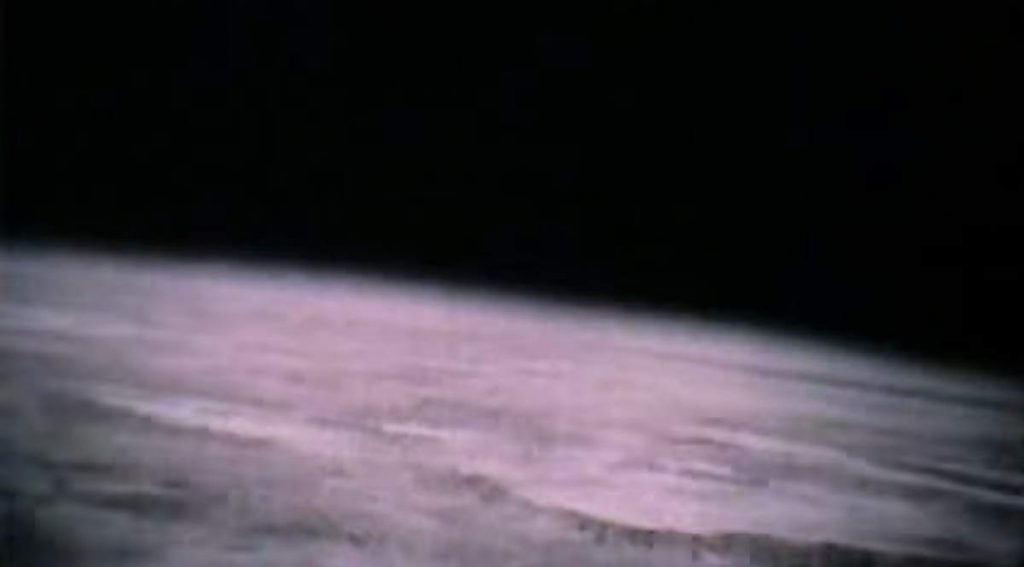On June 20, 1944, a German A-4/V-2 rocket became the first human-made object to travel into space by crossing the Kármán line with the vertical launch of MW 18014, attaining an apogee of 176 kilometers (109.3 miles). The Kármán line commonly represents the boundary between the Earth’s atmosphere and outer space. It lies at an altitude of 100 kilometers (62 miles) above the Earth’s sea level.
The V-2 rocket reached space but it did not reach orbital velocity, so it returned to Earth in an impact, becoming the first sub-orbital spaceflight.
Today’s (June 20) story of what happened this day in Science, Technology, Astronomy, and Space Exploration history.
The first human-made object in space
The V2 rocket, powered by a liquid-propellant engine, was developed during the Second World War in Germany as a “vengeance weapon”, assigned to attack Allied cities as retaliation for the Allied bombings against German cities. It was designed by Wernher von Braun.
MW 18014 test launch took place on 20 June 1944, at the Peenemünde Army Research Center in Peenemünde, a municipality on the Baltic Sea island of Usedom in the Vorpommern-Greifswald district in Mecklenburg-Vorpommern, Germany.
It was part of a series of vertical test launches made in June 1944 designed to gauge the rocket’s behavior in the vacuum of space.
During the test, the V-2 rocket broke the altitude record set by one of its predecessors, and with an apogee of 176 kilometers (109.3 miles), it became the first human-made object in space by crossing the Kármán line which lies at an altitude of 100 kilometers (62 miles) above the Earth’s sea level.
As Germany collapsed after World War Two, teams from the Allied forces (the United States, the United Kingdom, and the Soviet Union) raced to capture key German manufacturing sites and technology. Wernher von Braun and over 100 key V-2 personnel surrendered to the Americans and many of the original V-2 team ended up working at the Redstone Arsenal. The US also captured enough V-2 hardware to build approximately 80 of the missiles.
The Soviets gained possession of the V-2 manufacturing facilities after the war, re-established V-2 production, and moved it to the Soviet Union.
Sources
- MW 18014 on Wikipedia
- V-2 Rocket on Wikipedia
- Moon Landings: All-Time List [1966-2025] - February 2, 2025
- What Is Max-Q and Why Is It Important During Rocket Launches? - January 16, 2025
- Top 10 Tallest Rockets Ever Launched [2025 Update] - January 16, 2025

